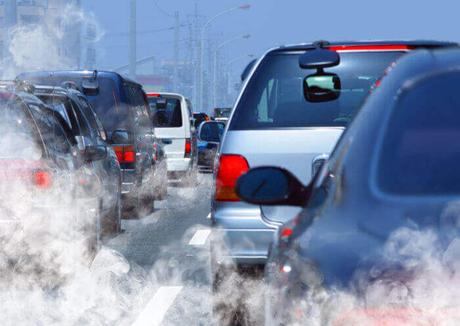
Earlier this year, we reported on the shocking fact that parts of London smashed their legal air pollution limits for this year in just five days. It was shocking then, and the situation is still shocking now. Now, under duress, the Government has released its draft plan for improving UK air quality. However, does it do enough? And what do we need to do?
The Draft Air Quality Plan
The central thrust of the draft plan, drafted and released by the Department for Environment, Food, and Rural Affairs (DEFRA), is to reduce harmful nitrogen oxide levels in the UK and thus improve the quality of our air. This is essential as levels of air pollution in the UK are at appalling levels and it’s having a catastrophic impact on the nation’s health.
Predominantly, the plan covers ways to minimise the impact of diesel vehicles and how local authorities will be expected to themselves come up with clean air solutions.
The Reactions
The reactions to the draft plan aren’t good. Firstly, it was ‘hidden’ in amongst large scale news headlines about the local election results. This follows the recent history of hiding clean air ‘news’ in amongst other captivating headlines.
Once it was noticed, criticisms started to come in, with James Thornton of ClientEarth, describing it as “appalling” and “unsatisfactory” and London’s Mayor, Sadiq Khan stating the plan was “toothless” and “weak”. The Liberal Democrats and the Green Party have also been vocal in criticising the plan.
Motor vehicle companies on the other hand, are welcoming the draft plan and have been more positive in their reactions.
The general feeling of the critics is that too much is being devolved to local authorities, rather than creating and sustaining a unifying national clean air approach. After all, air doesn’t follow local authority footprints. Further ideas outlined in the plan, such as retrofitting vehicles, don’t seem to go far enough.
What are the Main Criticisms?
Clean air and environmental campaigners are identifying a multitude of problems with the plan, however, there are some key elements they are criticising.
The main one of these is the proposal to undertake a ‘targeted’ scrappage scheme whereby 15,000 diesel and old petrol car owners are offered financial incentives to remove their car from the road, without firm commitment or accurate costings. Whilst many feel it’s a good idea in principle, it doesn’t seem to go far enough, or have complete commitment. As Doug Parr, from Greenpeace UK, says: “A plan to help drivers swap polluting diesel for electric cars would be a good idea but the government’s proposal lacks scale and detail”.
Closely on this critical tail are criticisms regarding the responsibility being placed largely on local authorities, which ClientEarth has described this as “passing the buck”. Furthermore, that this is a consultation, and not a firm plan.
What Should the Plan Include?
ClientEarth believe that the plan should include proposals to make diesel car manufacturers more liable for change, given they encouraged people to believe their vehicles were ‘green’.
The Green Party has also outlined what they believe the plan should include, which includes investment in public transport, tax changes, and a specific Clean Air Act.
Faster and more specific action is being called upon, which takes into account the “sense of emergency” regarding the health implications of polluted air.
What’s Next for Clean Air?
Given air pollution in the UK has implicated in around 40,000 early deaths in the UK each year, the Air Quality Plan has to do more. The plan needs firm commitment and greater impact.
Not only this, but the Government were charged with creating a new plan after a legal challenge was won by ClientEarth in the High Court. The High Court said the plans weren’t enough before, are they really any better now?
